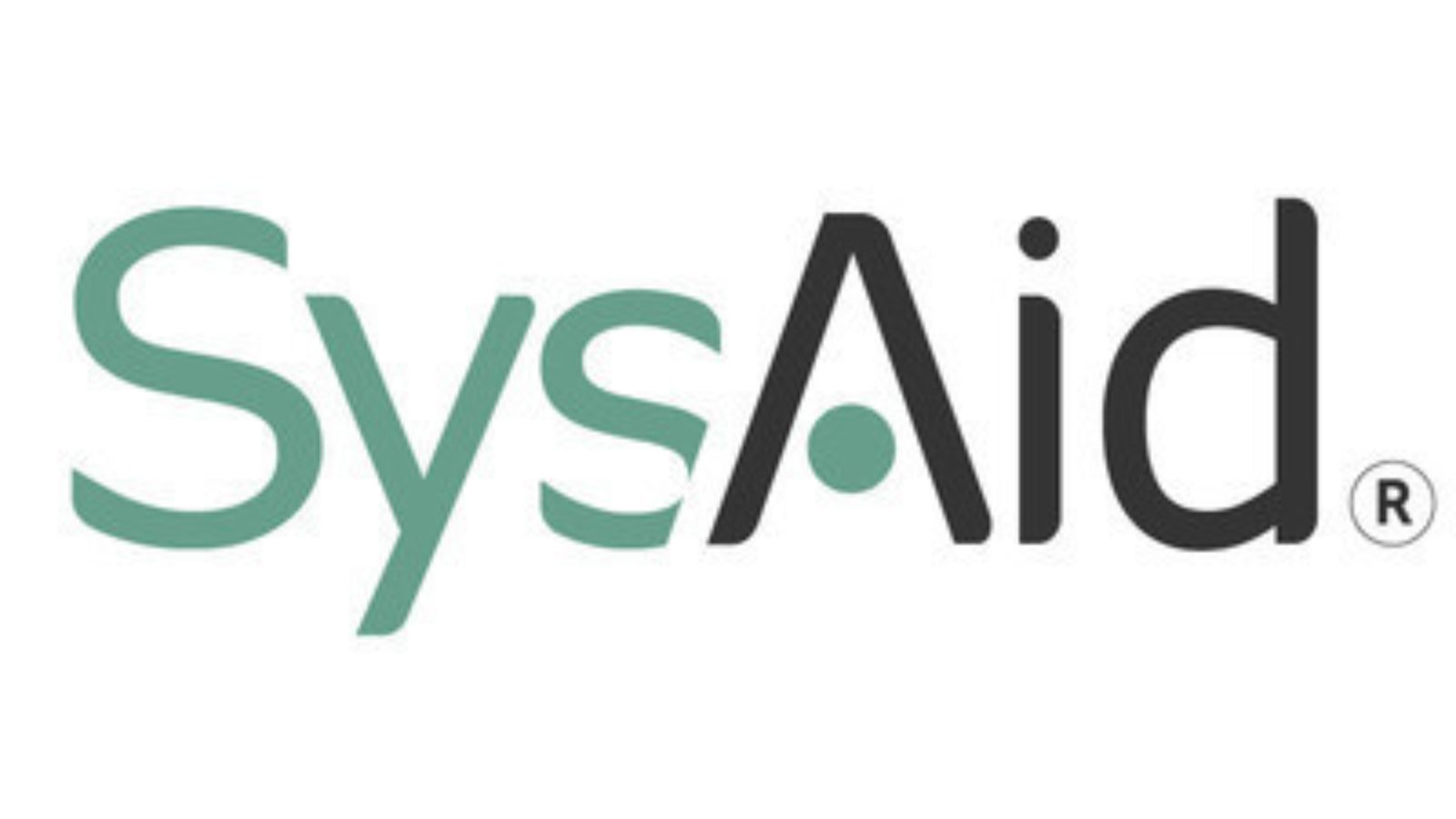If you’re involved in statistical analysis or machine learning, it’s crucial to grasp the concept of the base rate fallacy. Also known as base rate bias or base rate neglect, this fallacy involves the tendency to ignore base rate information in favor of individual data. In this article, we’ll explore the base rate fallacy, its relevance to machine learning, and how to avoid this common pitfall.
What is the Base Rate?
Before diving into the base rate fallacy, let’s establish what the base rate represents. In statistics, the base rate refers to the unconditioned probabilities of different classes or categories, regardless of any specific evidence or features. You can think of the base rate as prior probabilities.
To understand this concept better, let’s consider the example of engineers in the world. Suppose that engineers make up only 2% of the global population. In this case, the base rate of engineers would be a mere 2%.
In statistical analyses, comparing and understanding the base rate can often be challenging. For instance, let’s say we observe that 2,000 people have successfully recovered from COVID-19 using a particular treatment. Initially, this figure might seem impressive. However, to gain a clearer perspective, we must look at the entire population that underwent the same treatment. Suppose we discover that the base rate of treatment success is only 1 out of 50, which means that out of 100,000 individuals, only 2,000 experienced positive outcomes. This significant disparity highlights the importance of considering the base rate to obtain a more accurate report on treatment effectiveness.
Through this example, we can grasp how vital base-rate information is for statistical analysis. Neglecting the base rate in statistical analysis can lead to what we call the base rate fallacy. Now, let’s delve deeper into understanding this fallacy.
What is the Base Rate Fallacy?
In general, a fallacy can be defined as the use of faulty reasoning, invalid moves, or wrong arguments that appear stronger than their actual strength. The base rate fallacy falls into this category and is also known as base rate bias or base rate neglect. This fallacy involves having access to both base rate information and specific data but disregarding the base rate in favor of individual information. It can also be seen as a form of extension neglect.
Base Rate Fallacy in Machine Learning
Considering that the base rate fallacy revolves around information neglect, it becomes essential to explore its implications in machine learning. Machine learning models rely on information, often in the form of data, to make predictions and decisions. Let’s take the example of classification models, where the confusion matrix is commonly used to evaluate their performance.
The process of constructing a confusion matrix involves testing the model on a set of data and analyzing the number of correct and incorrect predictions. Within the confusion matrix, both the false-negative paradox and the false-positive paradox serve as examples of the base rate fallacy.
Imagine a machine learning model designed to recognize happy individuals in facial recognition applications, but it yields more false-positive results than true positives. Despite aiming for a 99% accurate prediction rate while analyzing 1,000 people every day, the higher accuracy becomes outweighed by the greater number of false positives.
The probability of positive results in the accuracy test and the quality of the sampled population play a crucial role. In summary, if the proportion of positive samples given a certain condition is lower, the false positive rate will yield more false results than true positives if the base rate fallacy is present.
To illustrate this, consider a model applied to classify a population of 1,000 samples. The model predicts that 40% belong to Class A and exhibits a false positive rate of 5% with zero false negatives.
From Class A and positive samples:
- 400 (true positive)
From Class B and negative samples:
- 1000 x [(100 – 40) / 100] x 0.05 = 30 (false positive)
Hence, the remaining negative samples would be:
- 1000 – (400 + 30) = 570
The final accuracy measure would be:
- 400 / (30 + 400) = 93%
The resulting confusion matrix would appear as follows:
| Number of Samples | Positive | Negative | Total |
|---|---|---|---|
| Class A | 400 (true positive) | 30 (false positive) | 430 |
| Class B | 0 (false negative) | 570 (true negative) | 570 |
| Total | 400 | 600 | 1000 |
However, if the same model is applied to a different set of 1,000 samples where only 2% belong to Class A, the confusion matrix would change:
| Number of Samples | Positive | Negative | Total |
|---|---|---|---|
| Class A | 20 (true positive) | 49 (false positive) | 69 |
| Class B | 0 (false negative) | 931 (true negative) | 931 |
| Total | 20 | 980 | 1000 |
In this case, only 20 out of 69 samples were correctly predicted, resulting in a 29% probability of the model making correct predictions, which starkly contrasts with the initial 93% accuracy.
Why Does the Base Rate Fallacy Happen?
Understanding the reasons behind the base rate fallacy requires a closer examination of relevance and information processing. Often, base rate information is wrongly classified as irrelevant and consequently overlooked during preprocessing. Additionally, the representative heuristic can contribute to the occurrence of the base rate fallacy.
How to Avoid the Base Rate Fallacy?
As previously discussed, ignoring base rate information is the primary cause of the base rate fallacy. To avoid falling into this trap, it is essential to pay careful attention to base rate information. Additionally, we must assess the reliability of samples that may not serve as accurate predictors as initially believed.
Measuring the probability of an event occurring often demands more effort. Bayesian methods offer a valuable approach to estimate the probability distribution and help mitigate the base rate fallacy.
Final Words
In this article, we’ve delved into the base rate fallacy—an error frequently encountered in the results of models used for making predictions—stemming from the neglect of base rate information. We’ve explored the definition of the fallacy, its relevance in machine learning, and strategies to avoid it. By recognizing the base rate fallacy and adopting appropriate measures, we can improve the accuracy and reliability of statistical analyses and machine learning models.









Leave a Reply